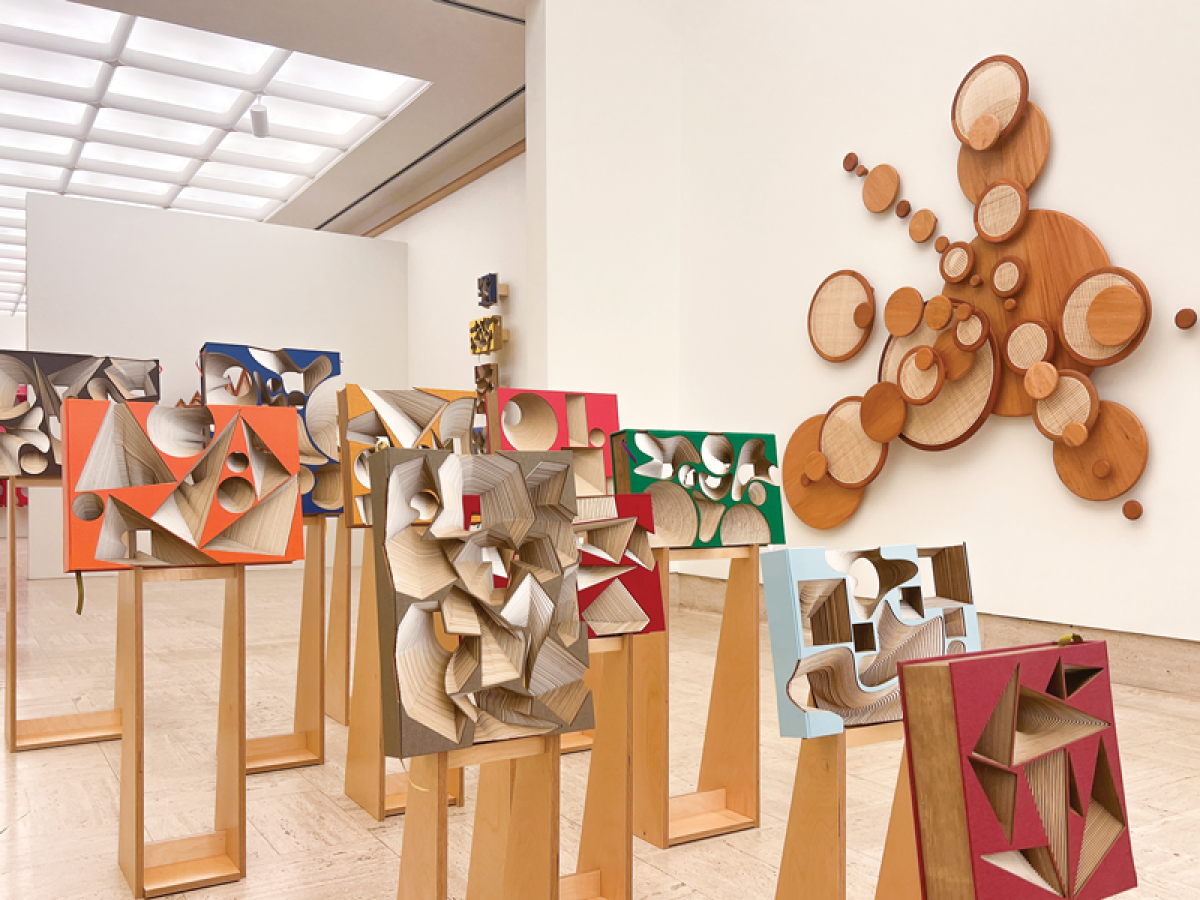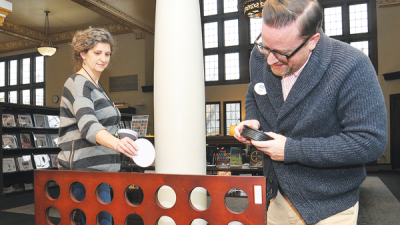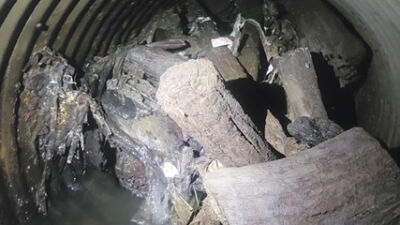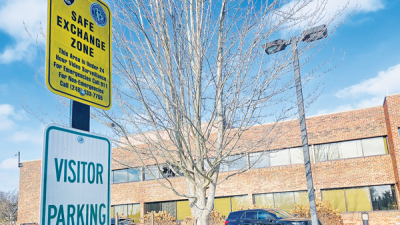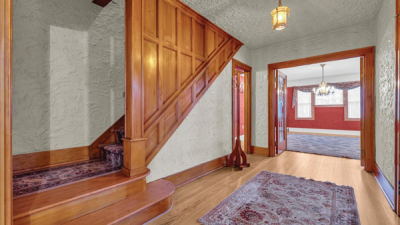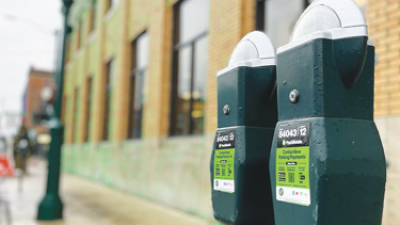BLOOMFIELD HILLS — Cranbrook Art Museum’s upcoming exhibition will showcase under-acknowledged furniture and furnishings from the decades following the Cuban Revolution.
“A Modernist Regime: Cuban Mid-Century Modern Design” was slated to open July 11 at the Cranbrook Art Museum and will run through Sept. 22 in the main and north galleries.
Chief Curator Laura Mott shared how important Cranbrook is in the history of mid-century design. Cranbrook’s website notes that “Charles and Ray Eames, who met at Cranbrook Academy of Art 80 years ago, are the definitive designers of the mid-century movement.”
Mott was inspired by Cuban design after a research trip to Cuba in 2017.
“Beyond just celebrating ourself, we should really be contributing to design history in a broader scope, and also diversifying design history,” Mott said.
Mid-century modern design has been booming in modern trends. Mott shares some of the differences that American mid-century modern designs may have from Cuban mid-century modern designs.
“What’s distinctive about Cuba, and this also goes for a lot of other Latin American designs, is that it’s made for the climate,” Mott said.
Mott said the designers in more tropical areas are mindful of the materials that they use to ensure they can be functional in warmer temperatures. Due to this attention to climate, the materials they use may vary from Michigan designers, where the temperature is often cooler.
One of the designers featured in this exhibition is Clara Porset, whose career focused on furniture and interior design.
“This exhibition shows very rare objects by her that have never been seen before,” Mott said.
In “A Modernist Regime: Cuban Mid-Century Modern Design” there will also be pieces from the furniture brands led by Gonzalo Córdoba and María Victoria Caignet. The exhibit is complemented by two contemporary shows. “A Modernist Regime: The Contemporary Cuban Lens” features “Marco Castillo: The Hands of the Collector” and “Cuba Dispersa.” These shows showcase the response from contemporary artists to design history and the current landscape of creative freedoms in modern day Cuba.
“Marco Castillo: The Hands of the Collector” will run until Sept. 1 in the Hartmann and Larson Galleries. “Cuba Dispersa” runs July 11-Sept. 1 in the Larson Gallery.
“A Modernist Regime: Cuban Mid-Century Design” and “A Modernist Regime: The Contemporary Cuban Lens” were curated by Abel González Fernández and Mott, along with director Andrew Satake Blauvelt, and Jeanne and Ralph Graham Curatorial Fellow Andrew Ruys de Perez.
These exhibitions are possible through the support of the Gilbert Family Foundation, the Andy Warhol Foundation for the Arts, the National Endowment for the Arts, the Clannad Foundation, the George Francoeur Art Museum Exhibition Fund, Marc Schwartz and Emily Camiener, Karen and Drew Bacon, Jennifer and Brian Hermelin, Kelsey and Evan Ross, and ArtMembers of Cranbrook Art Museum.
“Since Cranbrook is known around the world as an incubator of mid-century design, we are drawn to narratives of similar developments elsewhere, in this case, from the Global South,” Blauvelt, Cranbrook Art Museum’s director, said in a statement. “Just as designers in the U.S. interpreted the tenets of modern design, so did Cubans, although in a completely different economic, social, and cultural context.” He said the exhibit “is a fascinating case study of how modernism was adapted to not only the tropical climate and local materials on the island but also to that country’s diverse racial and ethnic history and the new nation-state’s position and identity in the world.”
Fernández explained that, “when looking at Cuba, we must recognize our fascinating, tragic, elegant, and complex Cuban history. What are we going to keep? We may not have a land for all Cubans to be reunited now because of the dictatorship, but we have a shared memory that unites us.” The exhibition features six new commissions, one by each artist, who will mine these design and material histories to highlight the past while imagining potential futures.
For more information, visit https://cranbrookartmuseum.org.
 Publication select ▼
Publication select ▼